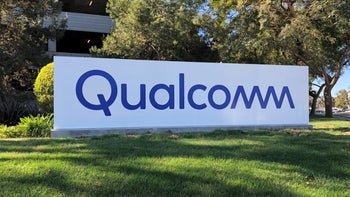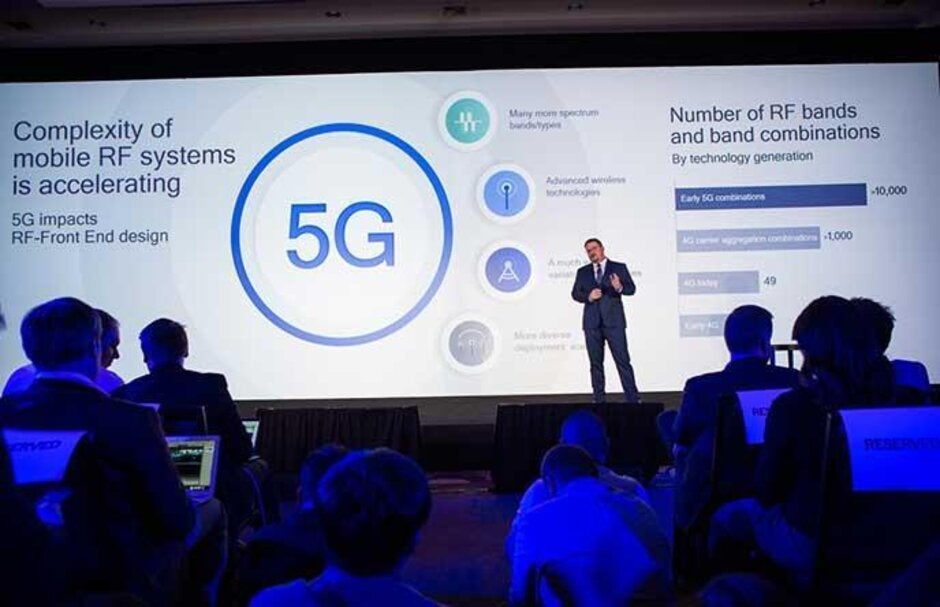2020 5G Apple iPhones will be missing an important Qualcomm component

At the beginning of this year, the thought that Qualcomm would make the Apple iPhone, or any Apple product, a priority seemed laughable. Both companies were scheduled to appear in court as adversaries a number of times. The chipmaker was peeved at Apple because after it paid the company huge bonuses for being the exclusive modem chip supplier for the iPhone, Apple gave away half of that business to Intel starting with the iPhone 7. It also was angry because Apple complained about Qualcomm's alleged anti-competitive business practices in front of the Korean FTC.
Apple was peeved as well. Qualcomm stopped paying Apple the aforementioned bonus and in private, Apple felt that the quality of Qualcomm's modem chips were not quite up to snuff. With the gang in Cupertino desperate, it turned to Intel to develop a 5G modem chip and by all indications, this component would be ready in time for 2020 iPhone production. Even though Apple had privately disparaged the quality of Qualcomm's modem chips, for 5G they were exactly what Apple wanted. So just as closing arguments started in a billion-dollar trial between Apple and Qualcomm, a major settlement was reached. Both companies decided to drop all legal action against each other and Apple paid Qualcomm approximately $4.5 billion. In return, Apple received a six-year licensing agreement with a two-year option (after all, Qualcomm is known for its no license, no chips policy) and a multi-year chip supply agreement. And in the end, everyone got what they wanted.
Apple won't be using Qualcomm's RF front end until the 2021 iPhones are manufactured
The idea that Qualcomm and Apple have buried the hatchet can be read into comments made this week by Qualcomm president Cristiano Amon. The executive told PCMag that "Priority number one of this relationship with Apple is how to launch their phone as fast as we can." And ironically, that includes not using Qualcomm's RF front end in the 2020 5G iPhone models. This technology converts information from the baseband into radio signals that can be sent or received over the air. When both sides agreed to that settlement in April, it might have been too late for Apple to change the 5G path it planned on using for 2020. Make no mistake about it though, the Snapdragon X55 5G modem chip will be used on the first iPhone models that support the next generation of wireless connectivity. That could hurt the 5G iPhone in 2020 since statements made by the chipmaker indicate that its 5G modem chip works best with its own RF front end.

Apple won't be using Qualcomm's 5G RF front end this year
But you can't cry over spilled milk and besides, both parties are to blame for the mismatch in timing that prevents Apple from using Qualcomm's RF front end system in 2020. As Amon said, "We have a multi-year agreement with [Apple.] It's not one, it's not two, it's multi-year for our Snapdragon modem. We're setting no expectations on front end, especially because we engaged it very late." Qualcomm's president added, "We re-engaged probably later than both of us would like, and I think we've been working together to try to get as much as possible done, and take as much possible advantage of what they've done before so that we can actually launch a phone on schedule with 5G. We're very happy with the progress we're making, and I expect that they're going to have a great device."
Eventually, Apple plans on designing its own 5G modem chips; this year, it purchased the Intel unit that develops smartphone modem chips for a cool $1 billion. While Qualcomm is working hard to get the 5G iPhone out the door, Apple won't equip its handsets with the optimal solution (Snapdragon 5G modem chip + Qualcomm's RF front end) until 2021 at the earliest.










Things that are NOT allowed: